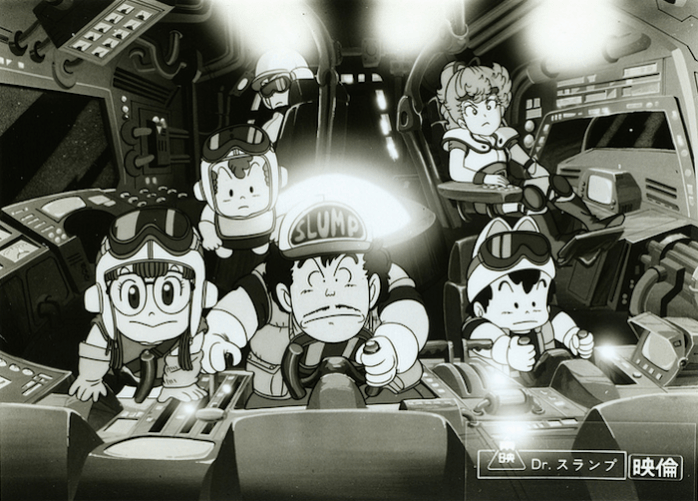Imagine translating an English text into German. One of the first questions would be whether to use ‘du’ or ‘Sie’ – you obviously want to address the right audience in the right way. Now, imagine there are multiple levels of formality and a different tone of language for each. Let me try to illustrate what this means: I’m in my second year at high school, and I have a clear idea of where I stand in the stifling world of sailor fukus. I’m above the first years, below the third years, and we’re all below the teachers, who can also be categorised into sports teachers, teachers and headmasters. I address each of these groups in a different way – and if I were to get it wrong, it would be duly noted and socially punished. It sounds complicated, but it actually comes as second nature if you’re immersed in it. Which is why it’s so important to get it right when translating into Japanese, and marketing texts at that – get it wrong and it WILL be noticed.
Between you and me
Which leads me to the issue of ‘you’ and ‘I’. There are several options here, and there is usually just one answer to the question of which to use: none of them. Addressing someone with ‘you’ in any shape or form can be considered impolite, so most of the time we avoid it all together. Context is key: an ad may purposefully use ‘anata’ to convey a sense of formal familiarity (a typically ambiguous Japanese nuance), but an explicit ‘you’ in a general line such as “If you have any questions, please contact us at info@supertext.ch” will give the writer away as a non-native immediately – or a translation as a machine translation. Similarly, ‘I’ is best avoided, especially as using the right one requires the sex, age, position and addressee to be predefined.
Patience you must have
So tonality is tricky. Then there’s the issue of grammar. Translation into any language requires skill, but non-Latin languages demand acrobatic abilities to deconstruct and restructure sentences. Let’s take a simple sentence to compare:
Wir waren in einem Restaurant, der Soba heisst, und assen Udon.
We went to a restaurant called Soba and ate udon.
そばというレストランに行き、うどんを食べました。
Which literally translates to:
Soba called restaurant go, udon ate.
It’s like Yoda without the wisdom. There are no ‘easy’ lines in Japanese. The process is always: read sentence, understand concept, squeeze out essence, choose most appropriate words/structure/phrase. Although this rule applies for every language combination, the similarities between Latin languages certainly speeds up the process.
A world apart
This is just the tip of the iceberg – we’ve covered differences in humour, symbols and idioms in the past, and there are other challenges like typesetting and design. As difficult as it may be, the satisfaction of getting it right is that much greater. And I’m hoping that all this brain activity will keep dementia at bay.
Foto via Flickr Dr. Slump Hoyoyo! Space Adventure (CC BY 2.0)
